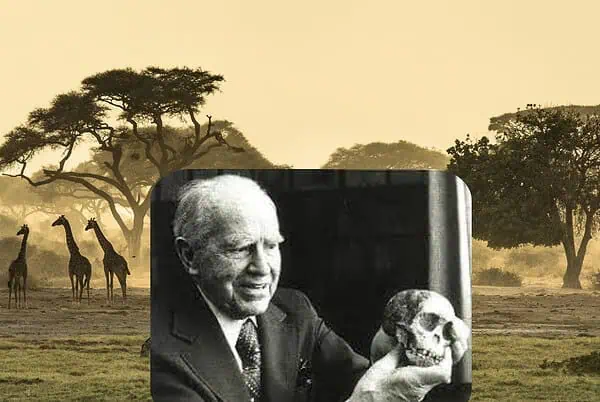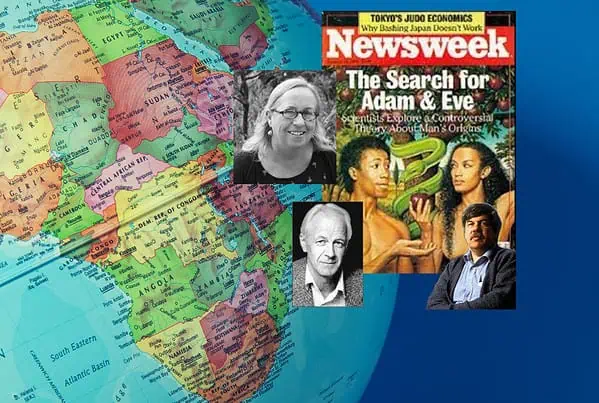Homo luzonensis is the newest Hominid discovery
 Scientists are dubbing it “a new branch of the human family tree.” A total of 13 fossil bones and teeth have been found in the Callao cave in northern Luzon province. The researchers have dated some of the fossils to be 67,000 years old and another at 50,000.
Scientists are dubbing it “a new branch of the human family tree.” A total of 13 fossil bones and teeth have been found in the Callao cave in northern Luzon province. The researchers have dated some of the fossils to be 67,000 years old and another at 50,000.First major paleo-anthropology find in the Philippines
University of Wisconsin Professor John Hawks notes “If we have missed these species that lived less than 100,000 years ago, how much are we missing from the earlier phases of evolution?”
UPDATE!
MSN.com, April 1, 2024,
Archaeologists unravel mystery of unknown species of human discovered on Asian island
Many of its other, more defining features hark back to the days of the australopithecines, an odd species that though walked upright resembled an ape more than a human.
Its finger and toe bones are also curved, hinting that climbing was an integral part of its existence, something that was also the case for australopithecines.
A further update in a paper put out by Chris Stringer and Rainer Gunn, Dec. 2023:
In summary, the H. luzonensis remains are likely all of similar ages, and the apparently younger individual ages are the result of a secondary U-overprint. The minimum age would fall at the transition of MIS 6 to MIS 5, which is significantly older than the ∼70 ka commonly seen in the literature. However, since the ESR results on Callao1 and 2 indicate a younger age, it may be worthwhile to attempt a direct US-ESR analysis on a hominin tooth.


